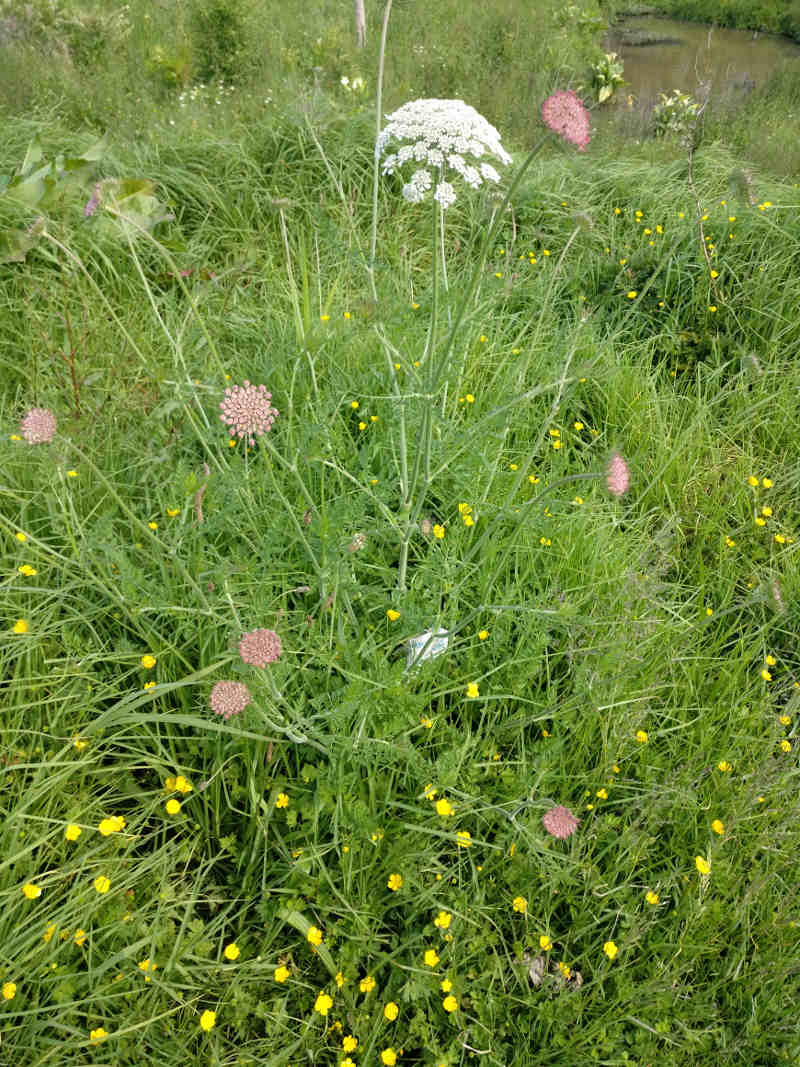Can anyone identify this weed - I'd imagine its quite common in New Zealand. (I'm in Auckland, and its flooding my untended padocks, but also flowing over into used areas).
It proved remarkably difficult to get a good picture, but hopefully this one shows the key characteristics - these appear to be a flat white or brown/red flat head of flowers. Plants grow to about 50cm-1m tall, and are long-leaf. I'd imagine they are part of - or similar to the papyrus family.
Looking at Google Images, I wonder if it could be an umbrella Sedgeweed - I think the flowers are similar in the early stages to what I have seen online, but I saw nothing with similar large flowers - the description would seem apt though.
Not sure if it should be a separate question, but is it toxic to livestock ?


